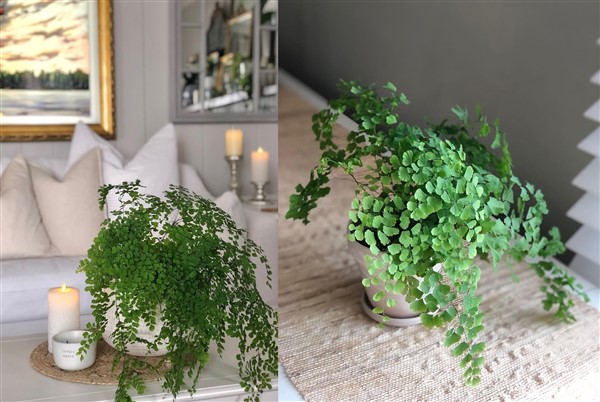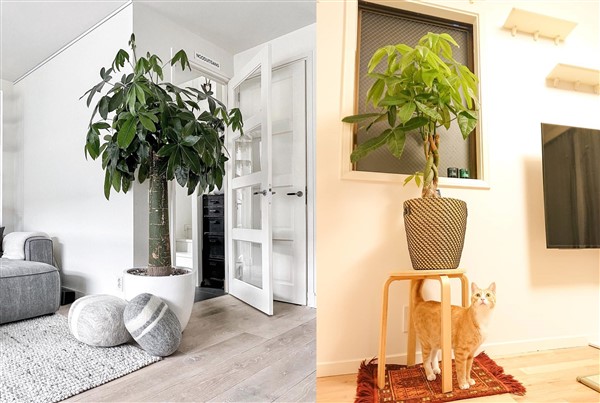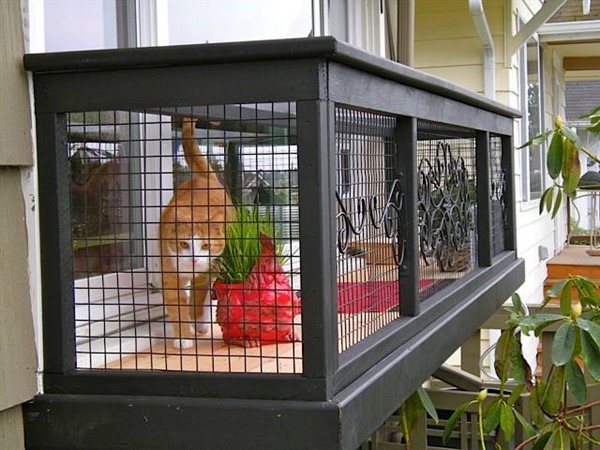The coral bead plant is quite a different kind from other plants. Due to having a magnificent spectacle, it decorates mostly outdoor spaces as well as indoors. This flowering houseplant has other renowned names such as pin-cushion plant, coral moss, and English baby tears. In addition, its scientific name is Nertera Granadesis. This fascinating houseplant is endemic to the countries like Chile, Argentina, Hawaii, New Zealand, Australia, and so forth. Above all, it is found in Robinson Crusoe Island too. For that reason, it is a tropic plant. As a product for sale, this plant is quite affordable in the online markets.
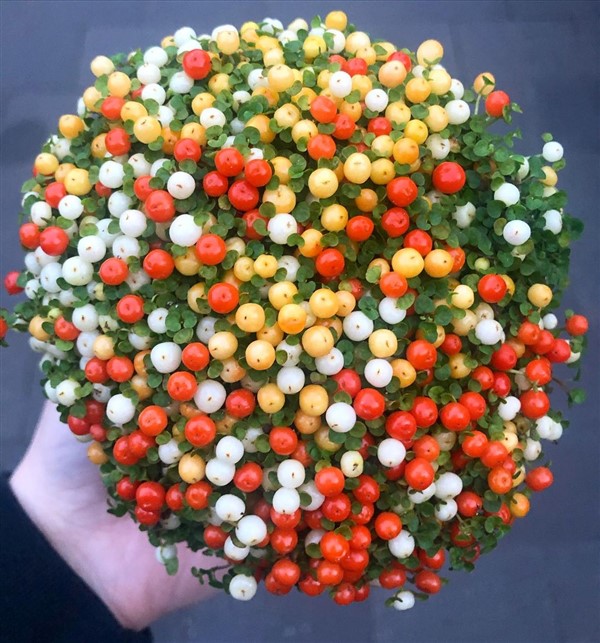
images via: Nertera Natural
General Information
The coral bead plant is a perennial plant having got its small dark green foliage and abundantly red, orange, yellow, and rarely white fruits. It grows in a thin soil layer. Due to growing slow, it requires a little resolution and patience. According to tropic plants like Areca palm, its lifespan is roughly 10 years. The length of the coral bead plant changes between 3-5 inches (8-13 cm). On the other hand, the width of it is approximately in-between 4-6 inches (10-15 cm). Except these, its general care isn’t easy because this plant suits professional growers’ fancy. That’s why it has special care tips and methods. Meanwhile, this tropic houseplant isn’t as poisonous as Chinese evergreen, however, it may be perilous to your pets and kids in case of ingestion.
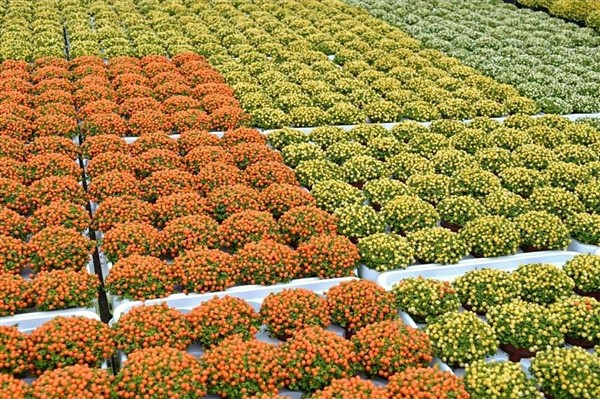
images via: cozy green life
How to Care for Nertera Granadensis
Sunlight
Direct sunlight will be dangerous to your plants. Instead, put them in partial-shade spots or more strategic places getting accurately the angle of sunlight all day long.
Watering
In terms of care, perhaps, watering is one of the challenging works for this houseplant. So you should water this plant that you shouldn’t water second before the first is completely absorbed by the soil. Otherwise, the overwatering or improper watering poses risks to the correct work. Briefly, the potting soil mustn’t be so soggy or dry. Keep it moist.
Humidity
After watering, keeping the plant humid is vital. Due to being a tropic plant, you should mist the Nertera Granadesis daily so that it can develop. Specifically, in spring and summer, this plant needs water droplets a lot. For that reason, a humidifier or a water spray could work better.
Temperature
The coral bead plant likes mild cold weather and high humidity. So the optimal temperature for this tropic plant is roughly 55-68°F (13-20°C). According to the USDA plant hardiness zone map, 12. and 13. zones are ideal for growing it.
Soil Type
The potting soil for this plant should be porous. Thus, it will provide evacuation and getting breathe. Also, the potting soil mixes that are rich and plenty of minerals help the growth in its time.
Fertilizer
The coral bead plant should be fed with a liquid fertilizer monthly. Particularly, for the better progress of the plant, the spring and summer months are critical. Use it until the plant blooms.
Propagation
Just like most plants, there are three propagation ways for the Nertera Granadesis. The first way is division. The second way is to have it started from seeds. The last way is tip cutting.
Repotting
As long as the pot stays sturdy and durable, you don’t need any repotting for this plant. But if repotting should require, do it in spring.
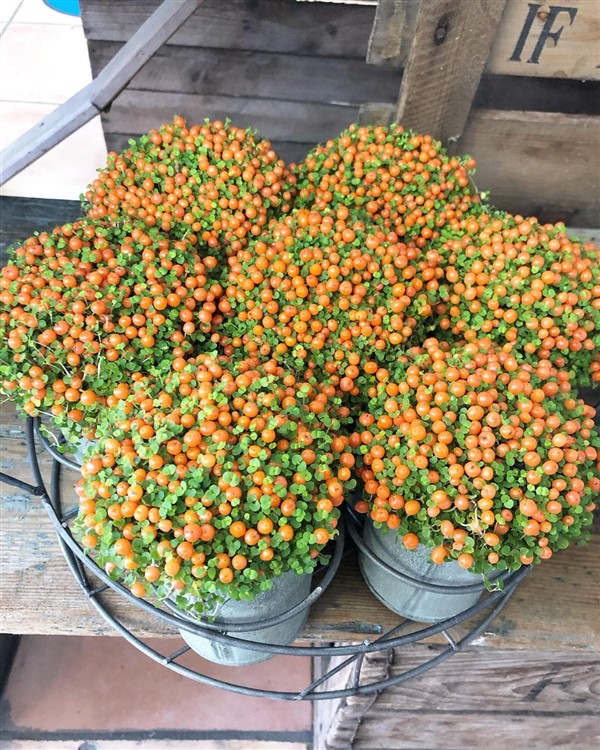
images via: BlueFlorist
Common Problems
Black Fruits: If the coral bead plant’s fruits in the warm color turn black, it means they were dead. Generally, such a problem stems from infections.
Shriveled Leaves: Mostly, it happens due to either root problems or lack of watering. Hard damaged roots cannot convey the water to leaves. That’s why leaves become shriveled.
Bug problems: There are some pests that are harmful to this houseplant. For example, some of them are visible and easy to repel. But the other pests that are invisible could be a problem.
Suggestions for problems: For black fruits, unfortunately, there is nothing much to do, gently remove black ones without giving damage to the plant. For shriveled leaves, check whether the plant’s root is healthy or not, or else, ensure that the plant gets watered thoroughly. In case of plant pest infestation, an alcohol-based wiper works better.
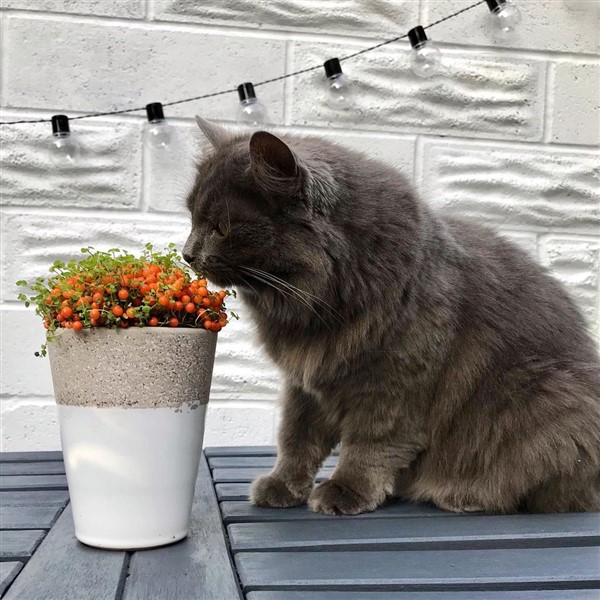
images via: Maude and Tiggs
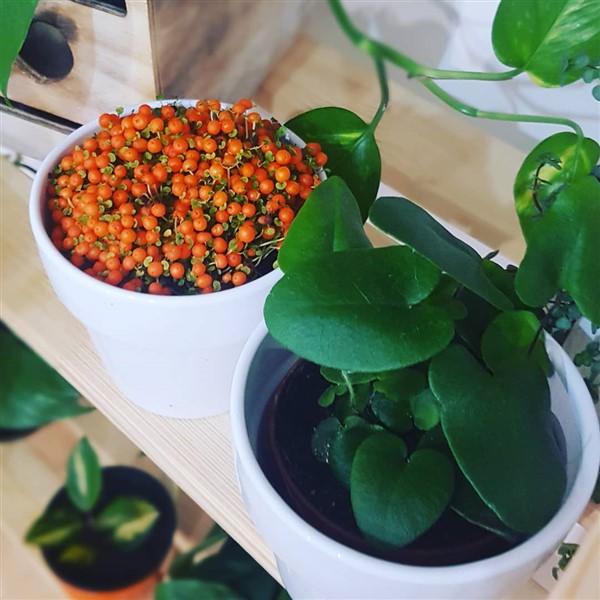
images via: Klaudia
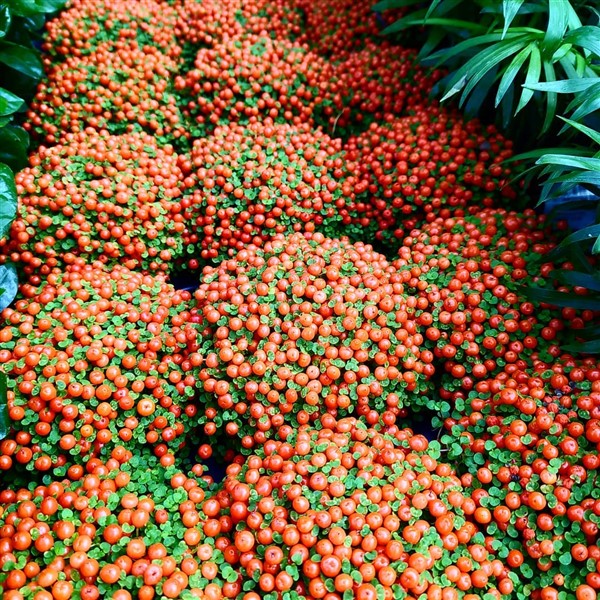
images via: Blumengrossmarkt Ulm
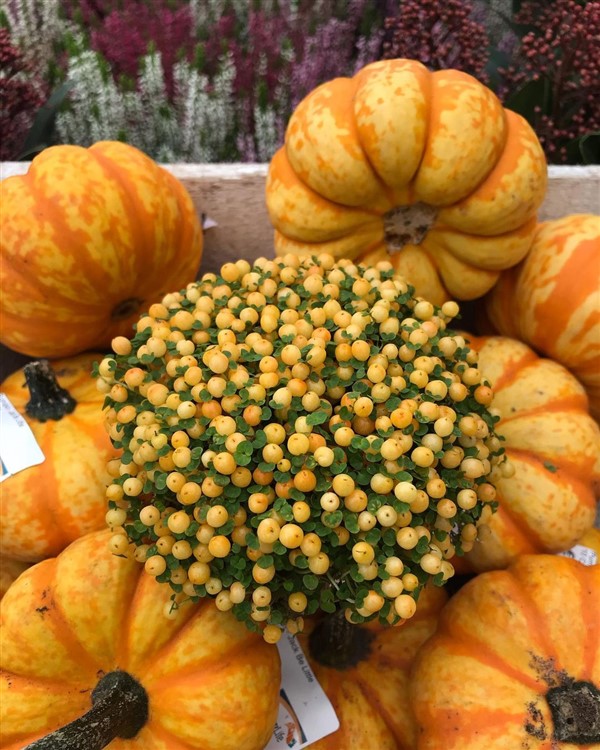
images via: Glanbia Countrylife
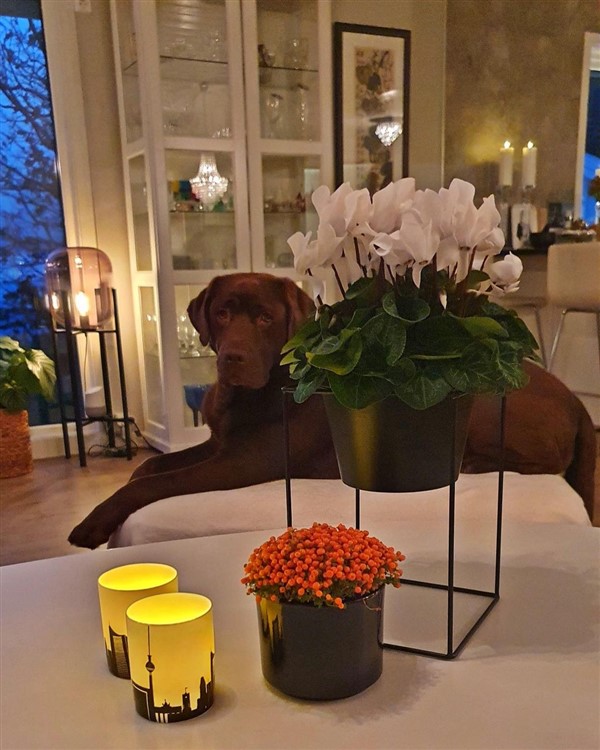
images via: Guri
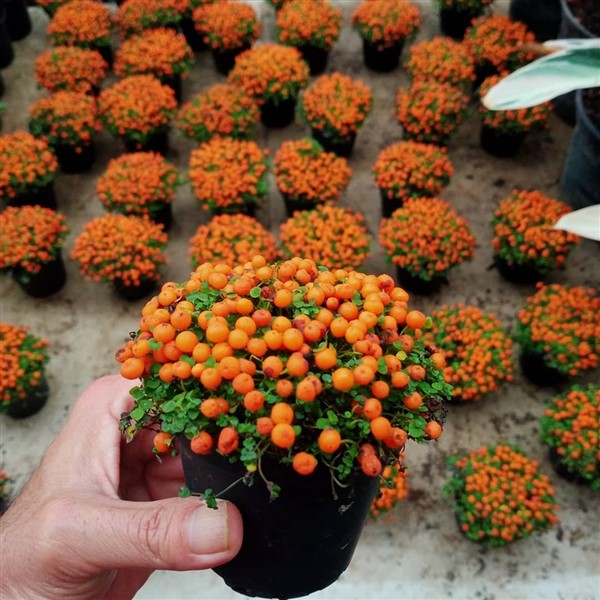
images via: kebun desaku
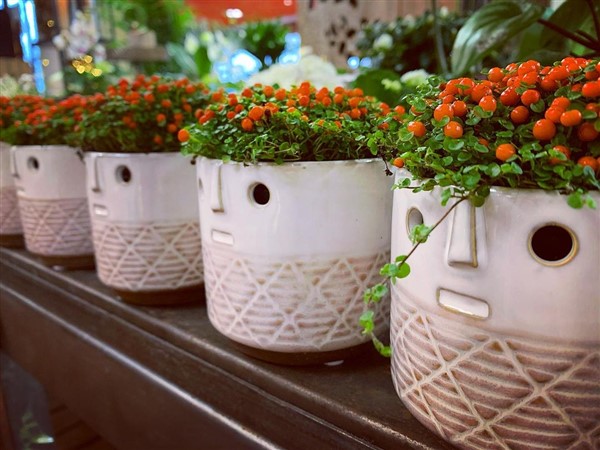
images via: Mademoiselle de Marcq
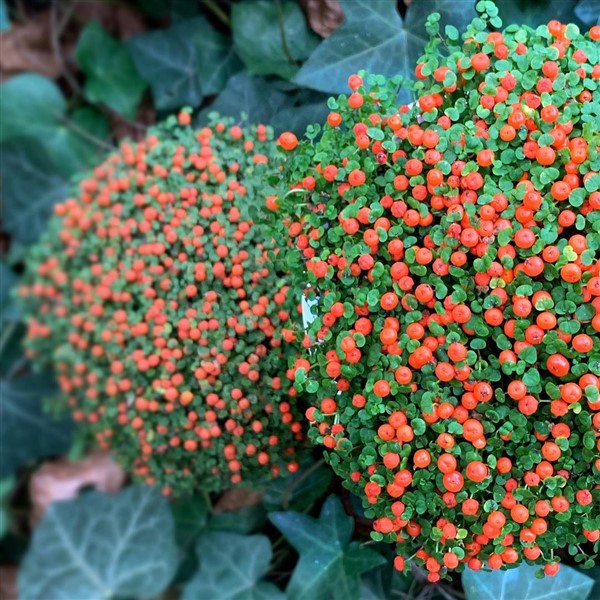
images via: Flora Folies
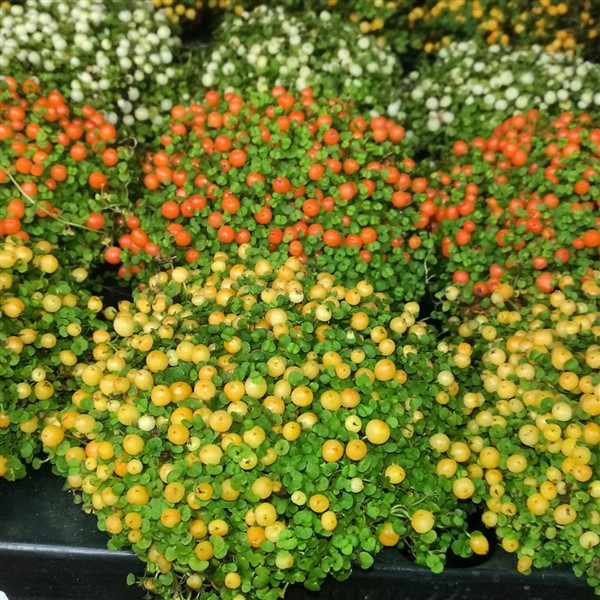
images via: sl tong

images via: Nertera Natural
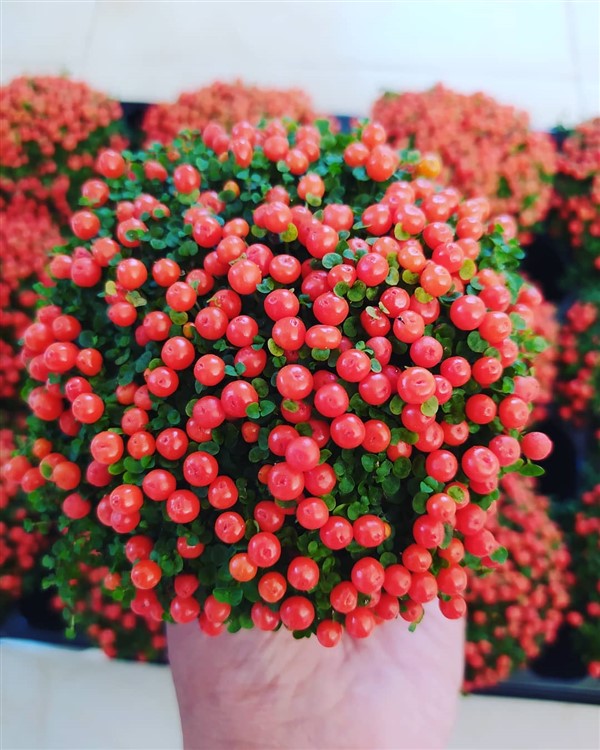
images via: melokakti
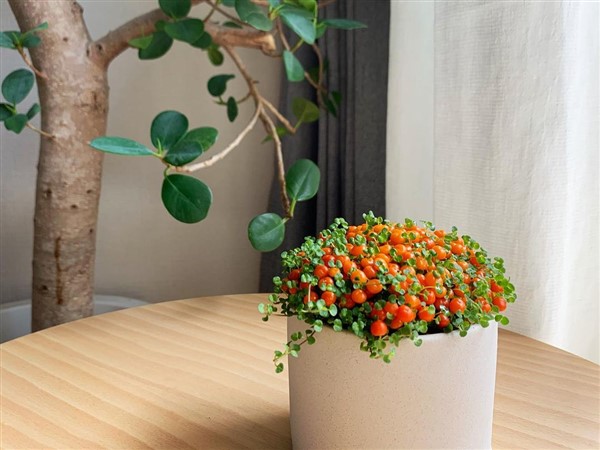
images via: koyamarie








